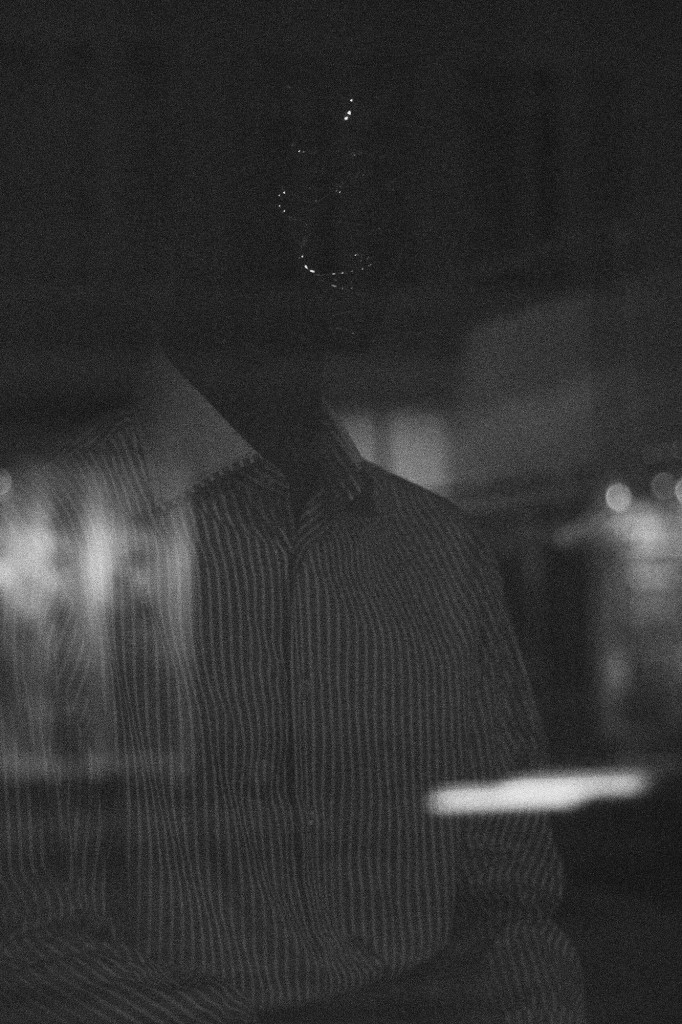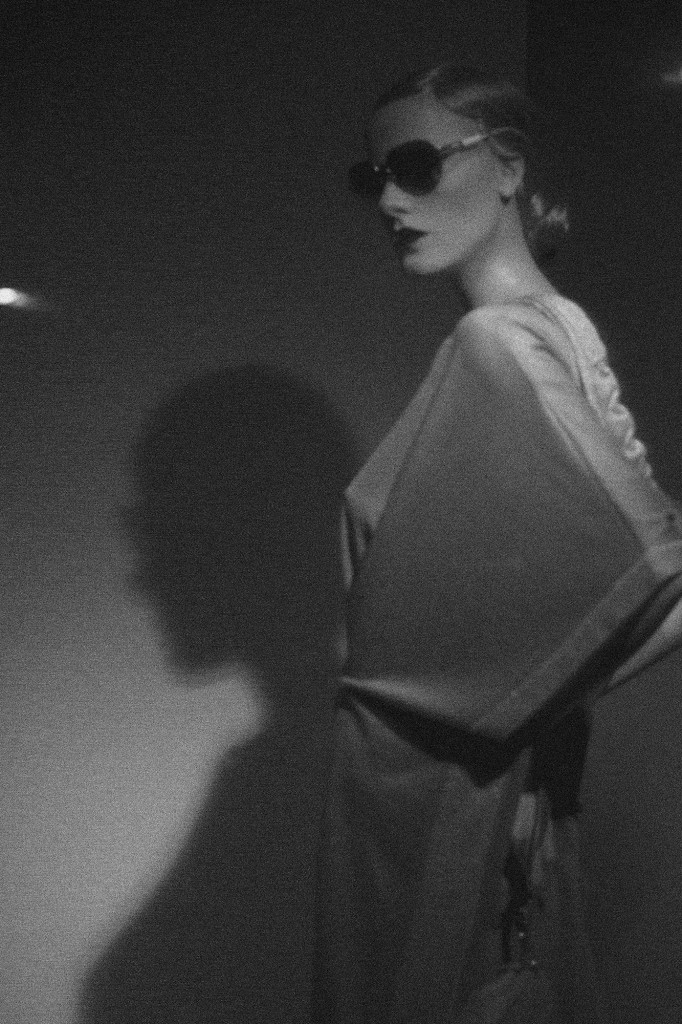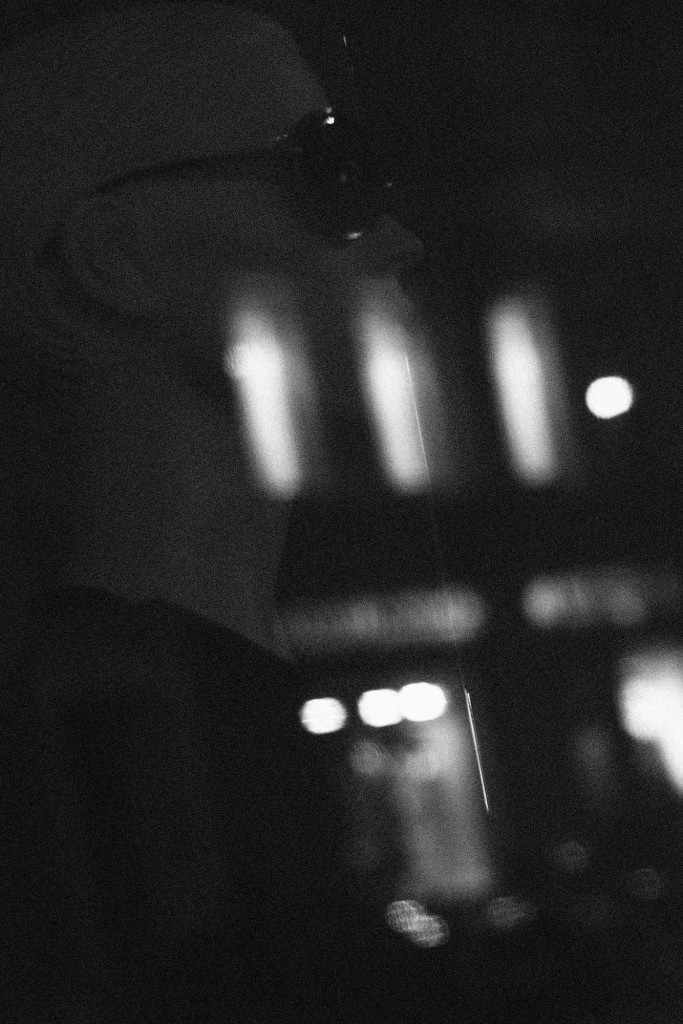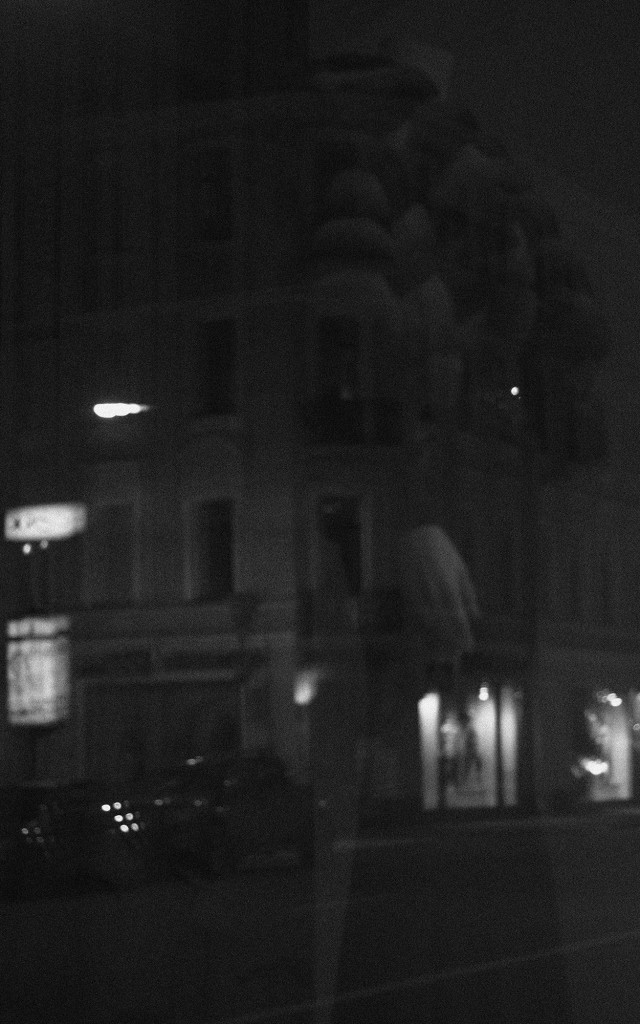
“the dominant human self-reference in a meaning culture is, then, the mind . . . whereas the dominant self-reference in a presence culture is the body.”
—Hans Ulrich Gumbrecht
***
1
Let’s begin. It’s 2 am and everyone else is asleep and you have some kind of insomnia (too much sugar? too much television? too many imaginary friends?) so you get out of the hot sheets and stand on the carpet in the dark with your eyes half-open.
In a music class they taught you a breathing exercise to which you gave the name Snow Angels. The way it goes is that you start with your arms loose at your sides, and as you fill your belly with air to the lento count of 10, you raise your arms up slowly in two arcs. Your hands touch lightly together above your head just as you hit 10 and your lungs are full. Then, counting down, you lower your arms and empty yourself just as slowly, fading out at the end. This is repeated many times. The arm movements are meant to send the air to settle in the bottom of your lungs, teaching you to breathe always from that depth.
Making these Snow Angels, you learn something else: there is a moment at the height of each breath when your fingers are about to touch, and you understand that your lungs would like to expand much more than is possible. There’s a span of difference between how much you feel you could hold and how much space your body allows. Making these motions, now, in the dark looking at nothing, the difference sharpens to a bone-like curve an inch under your sternum. So that Snow Angels teaches you the edges of a shape inside you.
***
2
In photography, surface is everywhere. Photography can’t show you the inside of anything; as soon as any layer is pulled back in front of the lens, what’s revealed becomes the outside of what stays covered. This exterior, however freshly scalped, is all you see. But the camera, wherever it’s burrowed in all these stacks and strata, orients itself along its inward progress, so that the resulting image points exclusively toward the things ahead of it or beyond it—toward the unshucked interiority.
In this way, photography is all about suggestion. Portraiture is the ideal example: the power of a portrait is not in scrupulous topography, it’s in sounding the caves of headspace. A felicitous portrait conveys the feeling that the face is a room made of one-way glass, full of people—and only an instant before the shutter clicked, the light in the room switched off: the skin goes opaque, but your eyes haven’t had the time to forget what moves inside the face.

***
3
In the mirror you’re like a photograph of something. Though often not like a photograph of yourself.
The face there—it asks you to forget that it’s supposed to be the same thing as you. You live in your own interior, your skin is a surface you can watch like the others. And watching, you wonder if you could ever get to yourself from the outside in. You wonder how you might pose the question: what is ‘inside’?
Years ago they showed you a picture, a man drawn in ink with the same brush strokes used for drawing mountains. A body you should look at in the same way you look at a structure of rocks. Some days you feel this is immoral, inhuman. Some days you feel it is most natural of all. Either way, in the mirror the game is to see not something that is yours but to see you. The mirror says: all of you is here.

***
4
There is a chapter in Dostoevsky’s The Brothers Karamazov called “In the dark.” In this chapter, the father is waiting for a visit; the woman he’s expecting will tap out a certain code on the window glass (two times gently, three times quickly) to signal I am here. The son knows that this woman might come visit his father; he needs to find out whether she’s there already. So the son climbs into the father’s backyard and stands outside the bedroom window, watching his father inside pacing and waiting. This is proof to the son that the woman can’t be there, or else his father wouldn’t be waiting. “If she were here, his face would be different.”
But this is not proof enough. Maybe the woman is asleep or hiding out of sight. Maybe his father’s agitation is not from waiting, or maybe the whole scene is a ruse. So the son makes a test: he taps the woman’s signal on the window glass. I am here. The father runs over, calls out to the woman—proving that he is alone. “And the old man almost climbed out of the window, trying to see into the darkness.”
[The window is a membrane. The father flows through his lit room, filling it, jostling its edges, but this domain of his is bounded by the window. When the son makes the signal, it is coded like a touch, like a salutatory tapping on the father’s shoulder. The window is a full side of the father’s body, the son’s hand disguised as the woman his father waits for. The coded touch is a test from one end but a message from the other.
The son knows now that the father is alone; the father knows now that he is not alone. The woman is absent, but the son is there; the father is not alone?
Whoever comes tapping, they come from a dark yard into which you can’t see. So you might choose never to believe when you feel, pressing lightly at your skin, an I am here. Or you might lean into the window and strain to see them; you might use hand-codes to reach toward them, into the dark.]

***
5
You know the feeling of repeating a word aloud to the point of senselessness. Likewise, in a learned language, a word that is more sound to you than meaning. And you understand that for each of these there is an equivalent in bodies—your own and others’.
Bodies whose familiarity makes them inexplicable; mobius bodies that you can turn and turn without ever touching through to an other side; bodies too newly unsettled to seem like anything.

